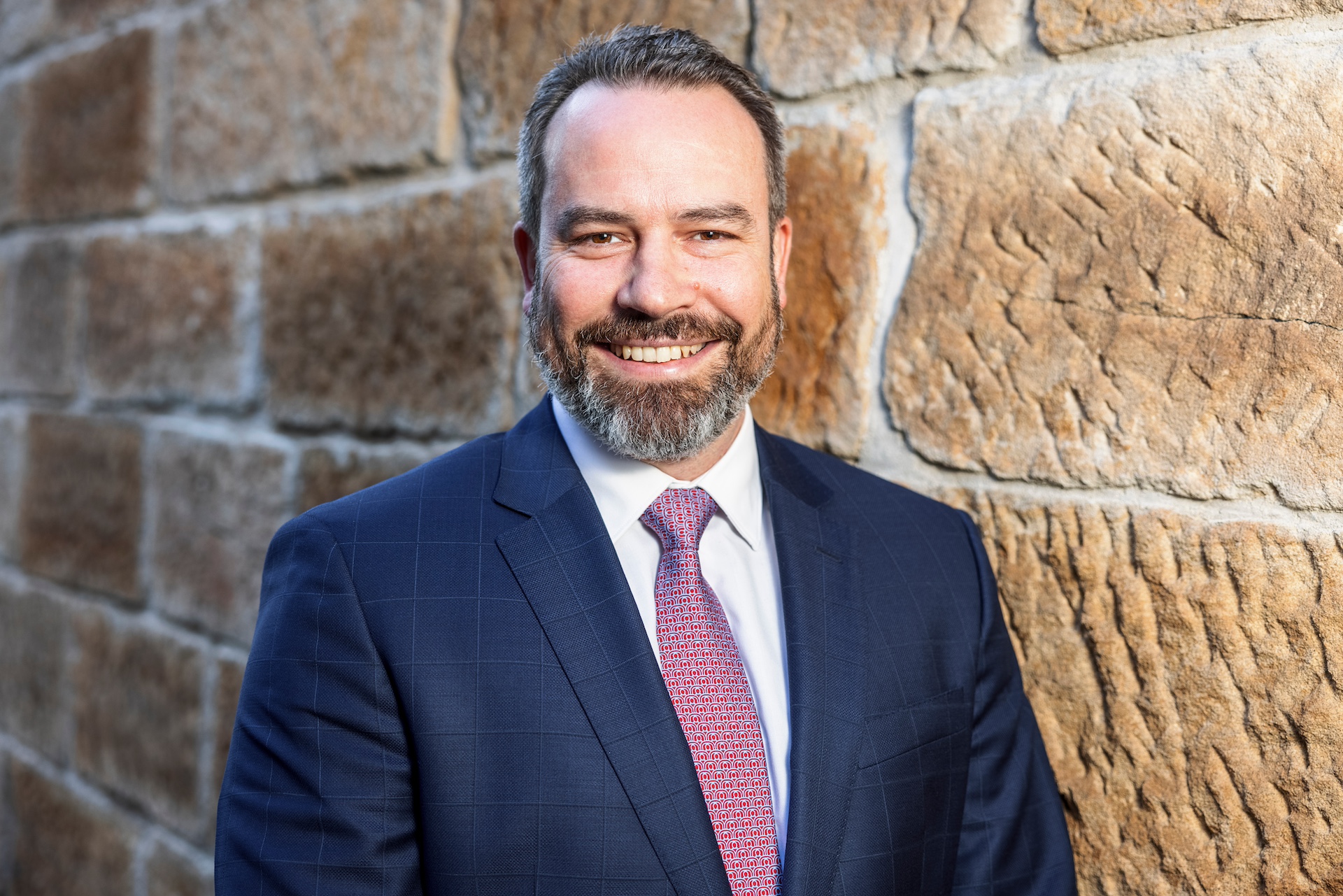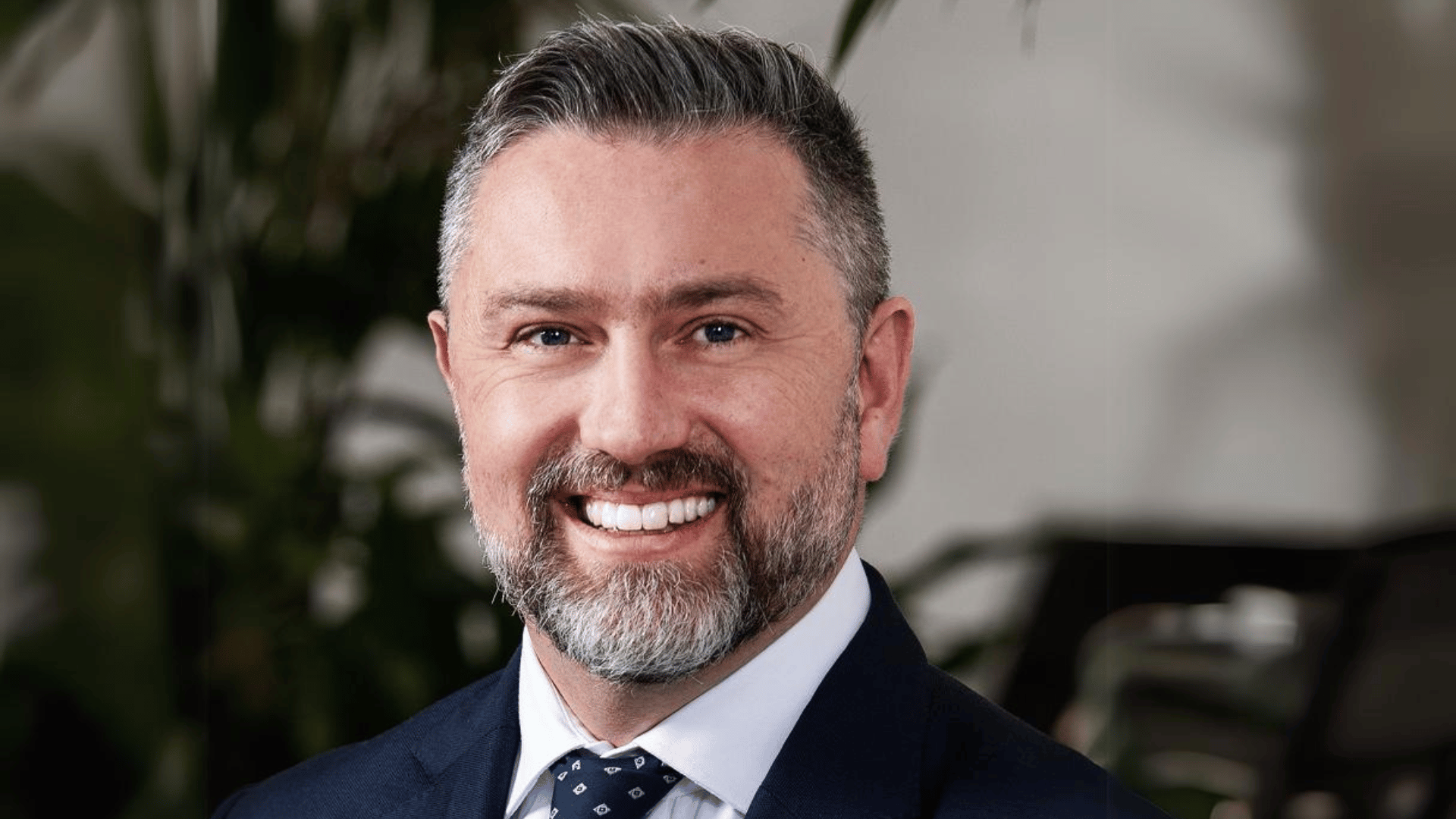The macro signals that matter (and what lies ahead)
Central banks across the developed world are front and centre for market watchers currently, with everyone on high alert for interest rate signals. But what other indicators are professional investors eyeing? And what are their best guesses on how economies and markets will be placed this time next year?
In the first part of this editorial feature, we asked PIMCO, Fidelity International and Western Asset how they're currently invested. In the concluding wire below, we ask what they're watching and how they expect the environment to shift in the following 12 months.
Which market signals are you watching most closely?
To assess when global central banks start their easing cycles, PIMCO is watching both elements of their dual mandate – inflation and employment.
“Some of them target both explicitly, others implicitly. But both inflation and labour markets will be really important. We’re more confident that inflation is moving back to target, and I think central banks are too,” says Adam Bowe, PIMCO's executive vice president and portfolio manager, Australia.

At this stage in the economic cycle, the PIMCO team is particularly watching the remaining areas of persistent inflation, such as household rental costs, for more confidence that inflation is easing.
“And then there are labour markets, which have been pretty resilient, particularly in the US in the face of elevated interest rates. We’re looking at a suite of indicators here,” says Bowe.
“And then there are labour markets, which have been pretty resilient, particularly in the US in the face of elevated interest rates. We’re looking at a suite of indicators here,” says Bowe.
They then go deeper into each country, specifically looking for cracks that are emerging associated with vulnerable balance sheets.
"In Australia, households are the most fragile sector, with the highest leverage when you look across governments and businesses. Policy is very tight, so in the coming quarters, we’re expecting to see increasing cracks emerging in household spending. That’s something we’ll be watching carefully in Australia," Bowe says.
PIMCO also looks for signals from equity markets. While the team in Australia doesn’t have in-house equity analysts, it regularly calls on partners within the equity research space for insights into what’s happening.
“Those teams often have much more detailed view into those bottom-up areas of the sectors we look at,” Bowe says.
How Fidelity “digs deeper”
Fidelity International's global cross-asset specialist Lukasz de Pourbaix says his team also looks at the “more formal” metrics such as interest rates, inflation data, and employment figures.
“But we try to dig a little bit deeper and get it into some of those metrics that give us a better indication of the health of the economy and the health of the consumer. For example, we look at credit card spending, delinquencies, all of those more bottom-up indicators. That gives us a sense…of the health of the broader economy and the consumer.”
.png)
De Pourbaix also singles out jobs data as a particularly interesting metric now, given the resilience of employment despite the rate rises of the last couple of years. “It’s going to be important in terms of the future direction of rates,” he says.
Western Asset: "Inflation is a monetary phenomenon"
The underlying belief of Western Asset’s duration strategy is that interest rates are primarily determined by the level and direction of inflation and that inflation is primarily a monetary phenomenon.
The strategy team weighs their views against market expectations, taking on more risk as their views diverge from the market and less risk as they converge.
“The decision to over or under-weight particular sectors, such as government, semi-government, supra-national, corporates or mortgage-backed securities, within the portfolio is determined through the team’s assessment of the economic environment as well as the fundamentals and technical factors driving each sector,” says Western Asset.
The investment team continually analyses, both qualitatively and quantitatively, the broad economic environment to determine the potential impact on sector performance.
“This takes into account historical sector yield spreads, identifying the fundamental factors that influence these yield spread relationships and relating these findings to the Firm’s projections to determine attractive alternatives. Technical factors driving flows in or out of each sector are also considered,” says Western Asset.
Where will we be 12 months from now?
“I think we’ll be saying, ‘I can’t believe we convinced ourselves these highly levered countries were immune to high interest rates,” PIMCO’s Bowe says.
“In the back half of 2023, the market pivoted from views of a soft landing, to no landing and back again. But our view has always been that there’s always a level of interest rates where people stop borrowing and spending. Developed countries are very levered and are sensitive to interest rates.”
He believes this time next year, it will be evident that monetary policy has “bitten” within the developed world. “It wasn’t that monetary policy didn’t have any teeth, it’s just that it hadn’t yet pierced the skin,” says Bowe
“X factors” cloud the outlook
Fidelity’s de Pourbaix believes the investment opportunity presented by public, highly liquid core bond funds will be clear: "We’ll look back and realise that in 12 months."
He emphasises there are many “X factors” currently, including elections taking place in around 60% of the world in 2024 – most notably in the US. The geopolitical risks, including war in the Middle East, are also problematic.
“We are in the soft-landing camp, which means that, effectively, we are looking at an environment of disinflation. So, inflation will moderate at a steady rate and growth will still be there,” he says.
“But we also recognise that we're not yet out of the woods. We’re still watching the transmission mechanism in terms of those higher rates moving through the system, which we haven't seen fully played out yet.”
In terms of broader gross domestic product figures, de Pourbaix anticipates some softness in the third or fourth quarters of 2024.
“Our overall picture of the market is that, at the moment, it's fairly constructive. Our base case is for a soft landing but it's a very finely tuned scenario – anything could derail it,” he says.
“That’s why we’re maintaining a relatively defensive positioning, both in duration and in credit assets.”
De Pourbaix also highlights some interesting observations from Fidelity’s annual survey of its analysts across various investment teams. For the first time since the pandemic, from a bottom-up perspective, the view for the next 12 months is that non-wage cost inflation is not going to be an issue.
“That's a positive indication that inflation is moderating,” he says.
The survey also showed around 60% of Fidelity analysts view this year as one of expansion and growth – a distinct shift from 12 months ago.
“The overall volume has improved, but we're certainly not out of the woods yet. Which is why we’re so focused on quality,” Depourbaix says.
De Pourbaix also notes the ongoing risk of additional “left-field events” – such as an escalation of the Middle East war. “We’re already seeing shipping costs elevate because of what's happening there. There are these factors that are out of our control, which can also quickly change the dynamic.”
Slowdown, not recession, says Western Asset
Western Asset expects to see slower growth globally, with inflation closer to central bank targets.
“For the US, our base case is for a growth slowdown but not for a deep recession.”
“In Europe, a mild growth contraction and additional declines in inflation will allow the European Central Bank to loosen policy in 2Q24, which will assist growth thereafter.”
Western Asset also notes that downside risk remains in the UK and sees an ongoing slowdown in Chinese growth and inflation, which should allow Chinese interest rates to be maintained at current low levels.
2 topics
3 contributors mentioned

